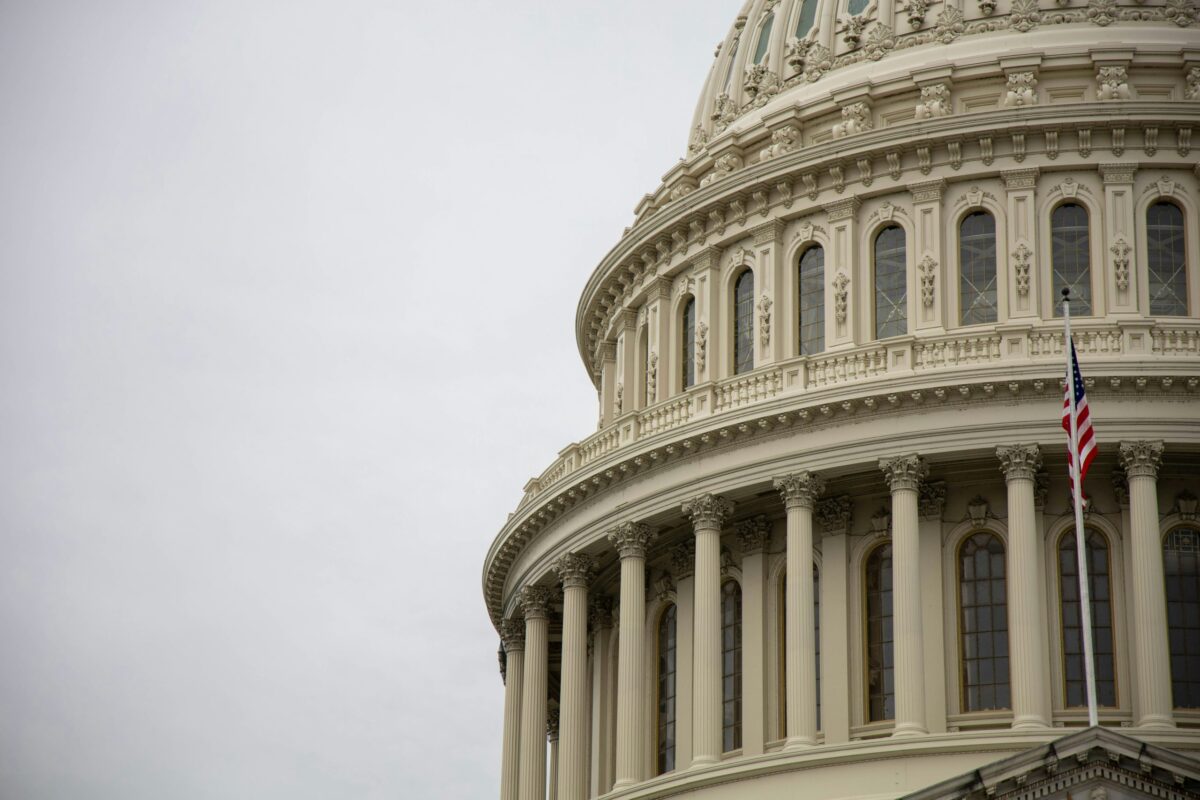Governments around the world are facing a reckoning. Voter frustration, rising expectations, and the breakneck pace of technological change are colliding to create an environment where the old ways of governing no longer seem sufficient. The promise of democracy—delivering meaningful results for its citizens—is increasingly at odds with the machinery of governance itself.
The experiment underway in the United States under President Donald Trump’s second term offers a fascinating, albeit polarising, case study.
Whether you agree with Trump’s policies or not, his administration’s audacious attempt to reshape how government operates raises important questions: What does it take to make governments work in the 21st century? And perhaps more importantly: Can government reinvent itself before the frustrations of citizens reach a breaking point?
Reinvention in this context isn’t about tearing everything down. It’s about finding ways to make government more effective, more responsive, and ultimately more aligned with the needs of its citizens. The methods Trump and his allies are employing—transparency, technology, and aggressive restructuring—are controversial, but they highlight a universal truth: the status quo is unsustainable.
The pace of change is central to this dilemma. As businesses adapt to technological disruption, citizens are asking why their governments seem stuck in slow motion. The private sector has embraced artificial intelligence, automation, and data-driven decision-making, while many public institutions still rely on systems designed for a world that no longer exists.
Keeping pace
If governments want to keep pace, they’ll need to embrace reinvention in three key areas.
First, transparency must go beyond political theatre. Executive orders and grand statements grab headlines, but real reinvention requires systemic openness—about how decisions are made, how resources are allocated, and how progress is measured. Voters are no longer satisfied with promises; they demand proof.
Second, technology must be leveraged to streamline bureaucracy and make government smarter. Artificial intelligence has the potential to revolutionise public services, but the road isn’t easy. Governments must clean up and secure the vast troves of data they hold, ensuring they can use it ethically and effectively.
Elon Musk and other tech prophets may provide innovative ideas, but the ultimate challenge lies in implementation. Technology alone won’t solve systemic problems; it must be integrated with thoughtful policy and a deep understanding of societal needs.
Finally, reinvention requires courage. Governments are inherently cautious, built to resist sudden change. But the risks of stagnation outweigh the risks of bold action. Reinvention means challenging entrenched interests, streamlining outdated structures, and rethinking priorities. It also means engaging citizens in the process—creating a sense of ownership and shared responsibility for the future.
Government reinvention is a necessity
The US experiment is bound to be polarising. Critics will call it reckless; supporters will hail it as visionary. But what’s undeniable is that the world will be watching. If Trump’s methods deliver tangible results—whether in the economy, immigration, or public services—his approach may become a blueprint for leaders worldwide.
The real question, however, isn’t whether governments will reinvent themselves—it’s whether they’ll do it in time. Frustration among voters is growing, and patience is wearing thin. Reinvention isn’t just an opportunity for governments; it’s a necessity.
If we want democracy to thrive in the 21st century, it must evolve. And the time to start isn’t tomorrow—it’s now.
Photo by Joshua Sukoff on Unsplash.







